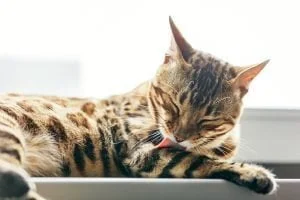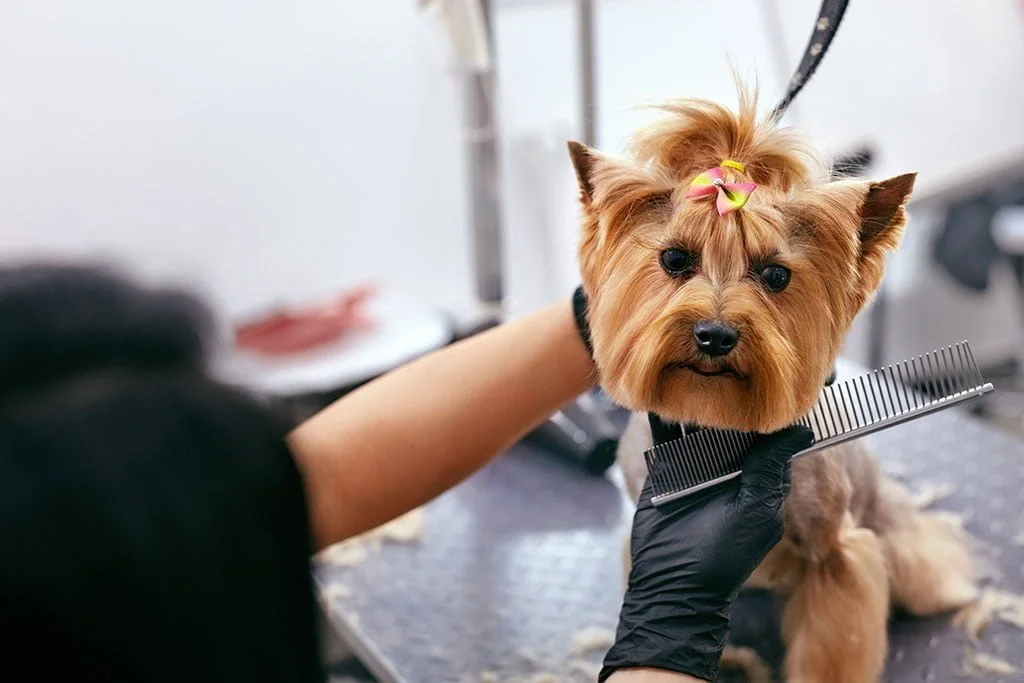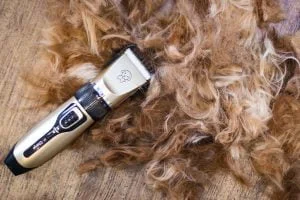
Grooming Tools and Equipment: A Comprehensive Guide to Essential Tools for Dog Grooming

Introduction
Having the right grooming tools and equipment is essential for maintaining your dog's coat and overall appearance. Whether you groom your dog at home or seek professional services, understanding the purpose and proper usage of grooming tools is vital. In this comprehensive guide, we will provide an overview of essential grooming tools, such as brushes, combs, clippers, and their proper usage. Gain valuable insights from The Rich Groomer to ensure you have the necessary tools for effective and efficient dog grooming.
Importance of Grooming Tools for Dog Grooming
The use of appropriate grooming tools ensures the proper care and maintenance of your dog's coat. Here's why grooming tools are essential:
Coat Health and Appearance:
Grooming tools help keep your dog's coat clean, tangle-free, and aesthetically pleasing. Regular brushing and grooming remove dead hair, distribute natural oils, and prevent matting, contributing to a healthy and attractive coat.
Bonding and Comfort:
The grooming process can be a bonding experience between you and your dog. Using the right tools and techniques ensures a comfortable grooming session, promoting a positive association with grooming and strengthening the bond between you and your furry friend.
Preventing Skin Issues:
Proper grooming tools help maintain a healthy skin and prevent skin issues. Regular brushing removes debris, stimulates blood flow, and allows you to check for any signs of skin problems, such as rashes, hot spots, or parasites.
Essential Grooming Tools and Their Usage
Explore the essential grooming tools and their proper usage for effective dog grooming:
Brushes:
Brushes are fundamental tools for maintaining a dog's coat. Different brush types suit different coat types. Common brushes include:
Slicker Brushes:
Ideal for removing loose hair, tangles, and mats. Use a slicker brush for dogs with medium to long coats, such as Golden Retrievers or Poodles. Brush in the direction of hair growth, applying gentle pressure to avoid scratching the skin.
Bristle Brushes:
Suitable for dogs with short coats or as a finishing brush for longer coats. Bristle brushes help distribute natural oils and promote shine. Brush in the direction of hair growth, using gentle, sweeping motions.
Pin Brushes:
Great for long-haired breeds like Afghan Hounds or Collies. Pin brushes have long, rounded-tipped pins that penetrate the coat and remove loose hair. Brush in the direction of hair growth, focusing on one section at a time.
Combs:
Combs are versatile tools used for detangling, removing debris, and checking for any hidden tangles or skin issues. Common combs include:
Detangling Combs:
Featuring wide-spaced teeth, detangling combs work through mats and tangles, preventing further damage to the coat. Begin combing from the ends of the hair, working your way up to the roots.
Fine-Toothed Combs:
Ideal for removing smaller tangles, debris, or fleas. Fine-toothed combs help identify any skin issues or irritations. Comb through the coat gently, paying attention to areas prone to matting.
Clippers and Trimmers:
Clippers and trimmers are used for precise and controlled trimming of a dog's coat. They come in various styles and sizes, depending on the specific grooming task:
Electric Clippers:
Electric clippers are used for cutting a dog's hair to a specific length. Choose clippers with different blade attachments for varying hair lengths. Before trimming, ensure the dog's coat is clean, tangle-free, and properly prepared.
Trimmers:
Trimmers are smaller, handheld tools used for delicate trimming tasks, such as shaping the face, paws, or around the ears. They offer precision and control in areas where clippers may be too large.
Grooming Tool Maintenance and Safety
Proper maintenance and safety precautions ensure the longevity and effective use of grooming tools:
Cleaning and Sanitizing:
Regularly clean and sanitize grooming tools to prevent the spread of bacteria or skin infections. Use warm soapy water, disinfectant solutions, or specialized cleaning products, following the manufacturer's instructions.
Safe Handling and Storage:
Handle grooming tools with care to avoid injury to yourself or your dog. Keep sharp blades away from sensitive areas and ensure tools are stored safely to prevent damage or accidents.
Frequently Asked Questions
The frequency of brushing depends on your dog’s breed, coat type, and length. In general, dogs with longer or thicker coats require daily brushing, while shorter-coated dogs may need brushing once or twice a week.
No, human hair clippers are not designed for the specific needs of a dog’s coat. Dog-specific clippers provide the necessary power and blade attachments to accommodate different coat types.
Consider your dog’s breed, coat type, and specific grooming needs when selecting grooming tools. Research and consult with professionals to ensure you choose the right tools for effective grooming.
Conclusion
Having the right grooming tools is essential for successful dog grooming. By understanding the purpose and proper usage of brushes, combs, clippers, and other grooming tools, you can maintain your dog's coat health, prevent matting, and enhance their overall appearance. With insights from The Rich Groomer, you can ensure you have the necessary tools and knowledge for a fulfilling grooming experience with your beloved canine companion.

